Back to Courses

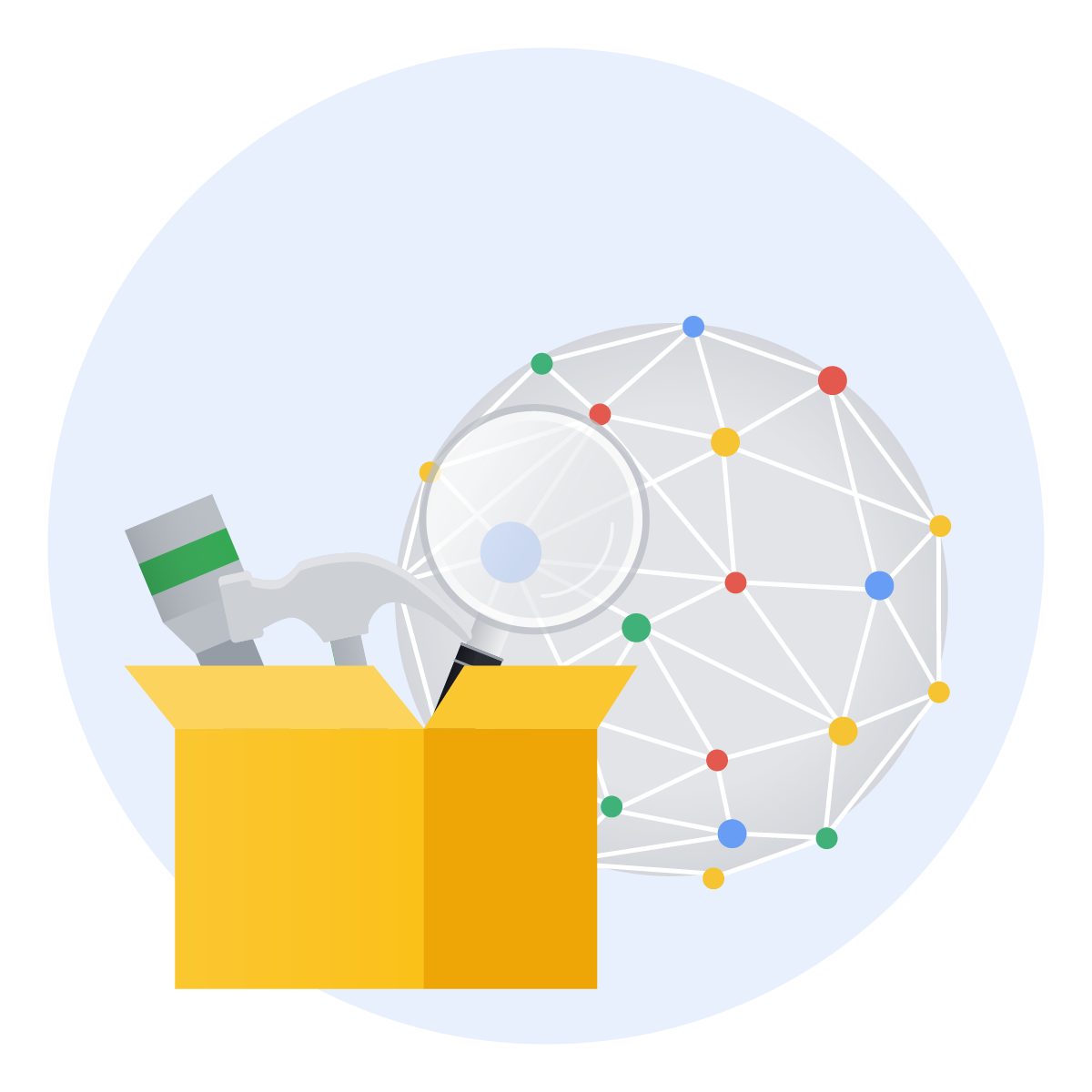
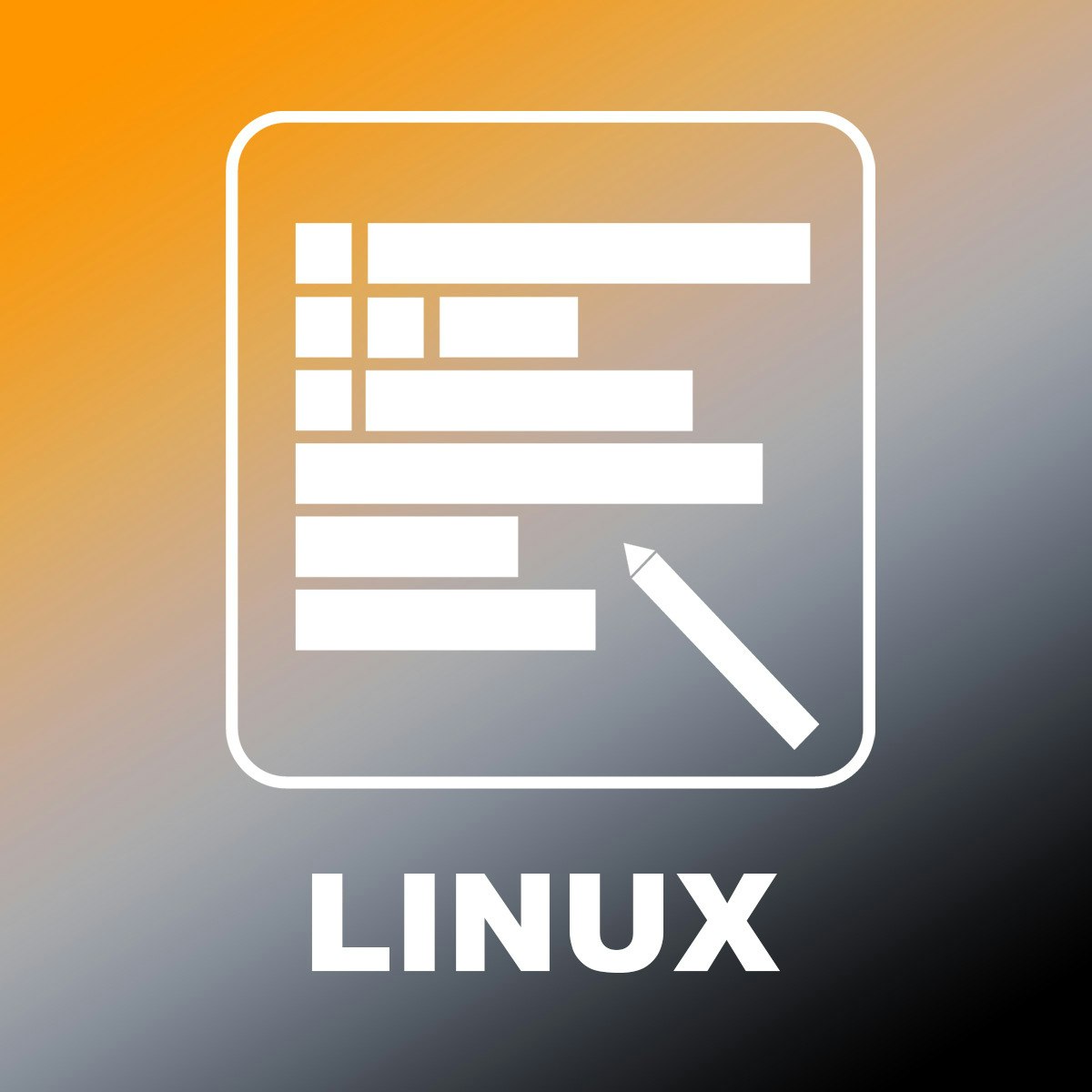
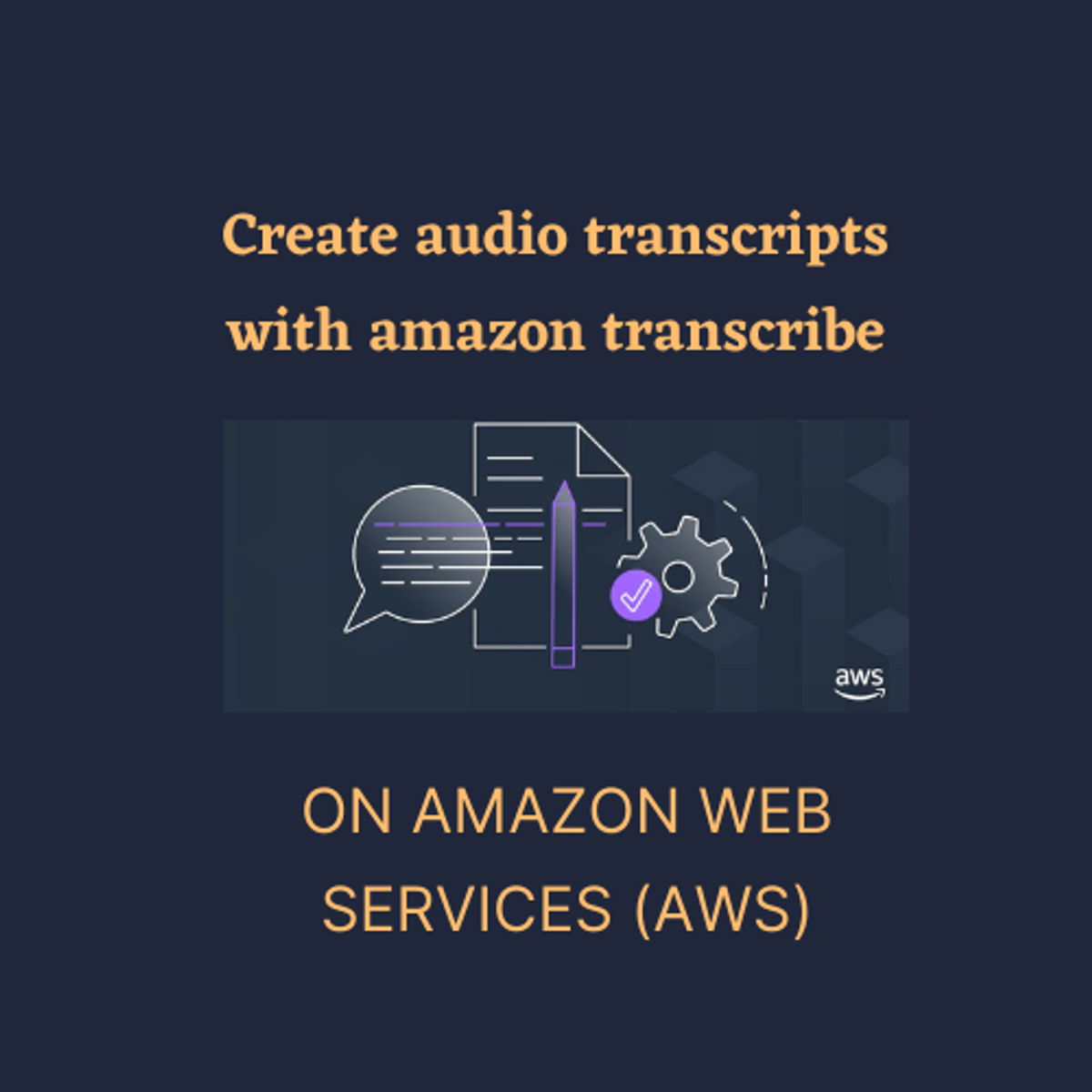


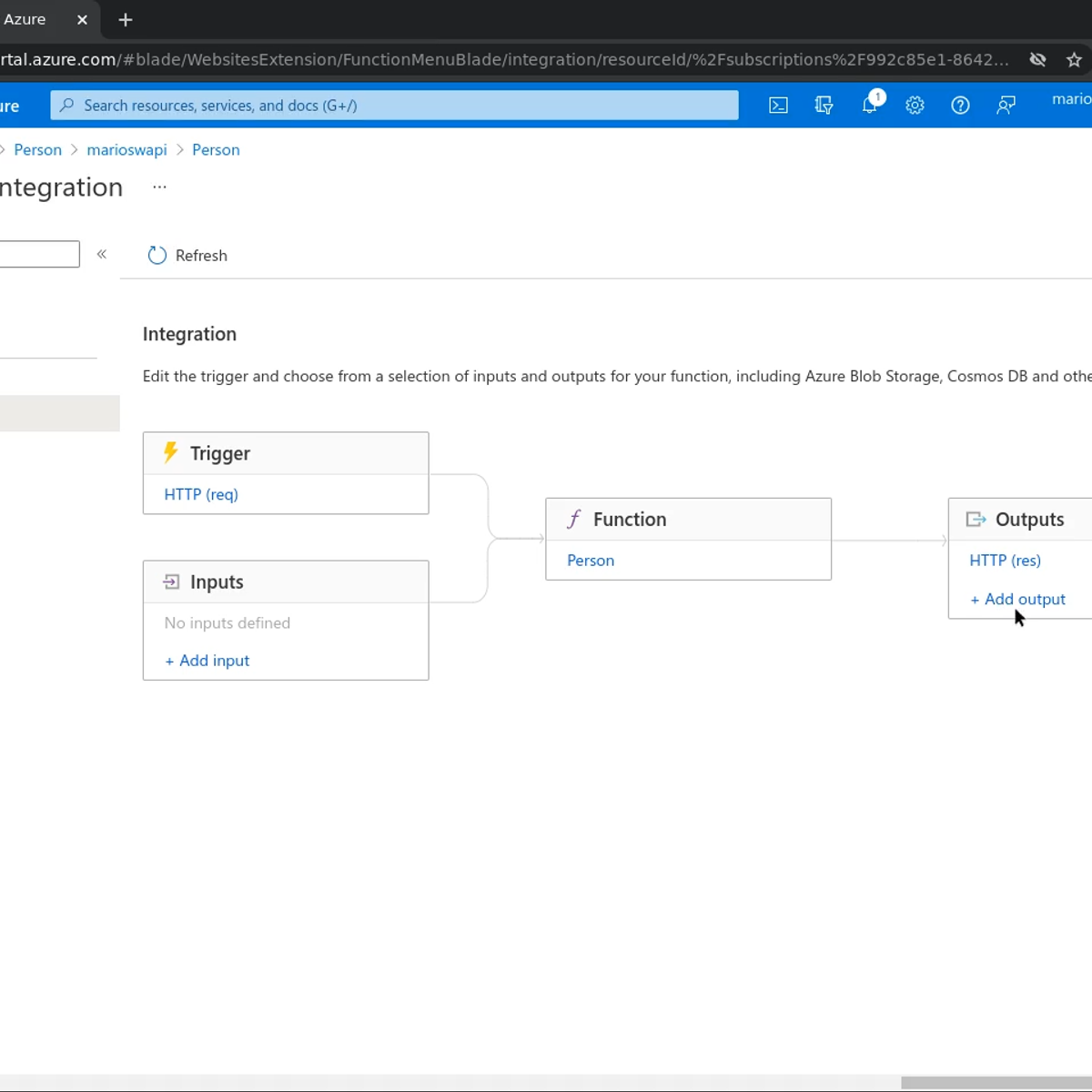

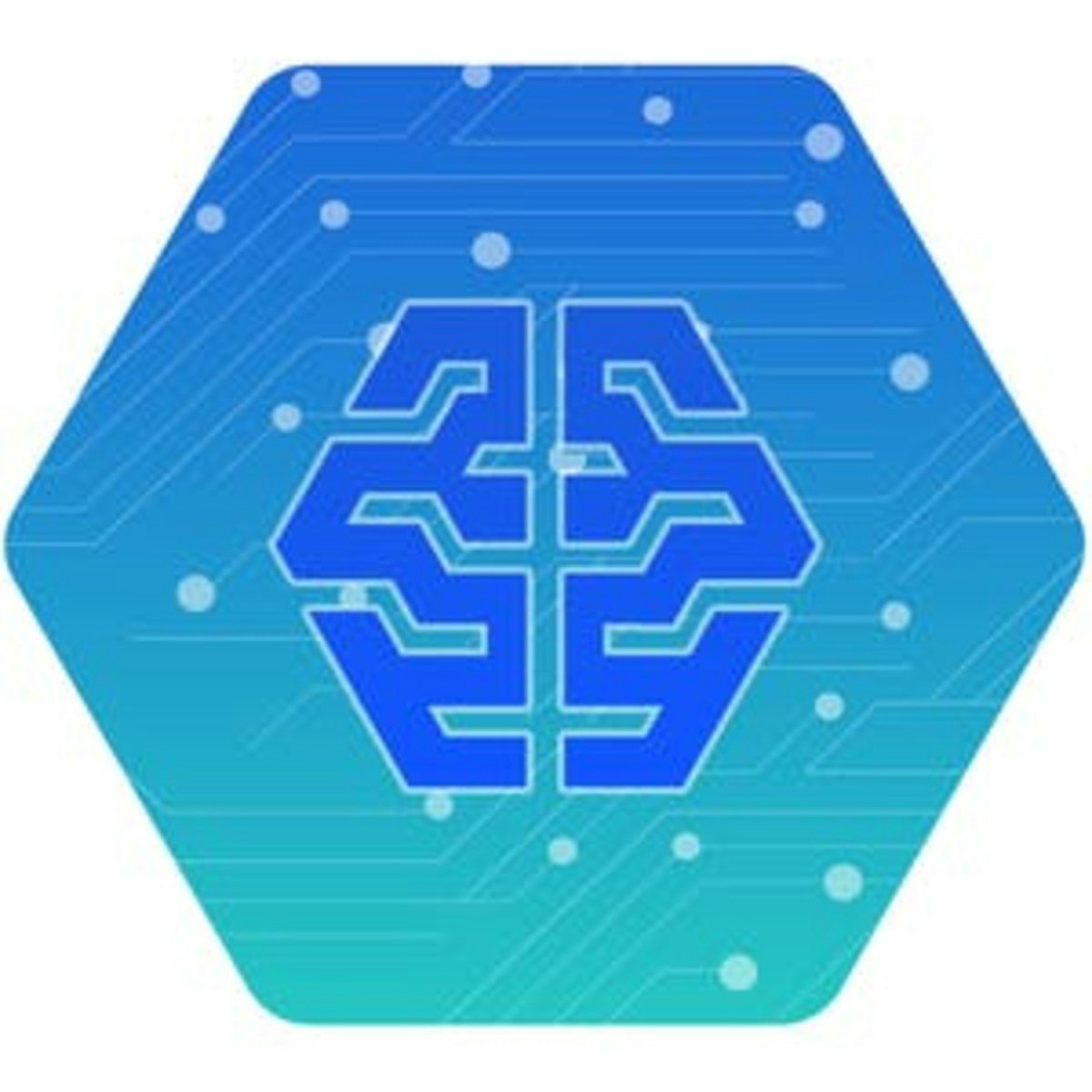
Information Technology Courses - Page 46
Showing results 451-460 of 1471

Cloud Spanner - Loading Data and Performing Backups
This is a self-paced lab that takes place in the Google Cloud console. In this lab you explore various ways to load data into Cloud Spanner as well as perform a backup of your database.

Artificial Intelligence and legal issues
The purpose of the course is to help students understand the legal implications related to the design and use of artificial intelligence systems, providing an overview of the risks and legal protections that can be envisaged and giving an overview of the legislation and legal principles currently applicable on the subject. In particular, the profiles of civil and criminal liability, protection in terms of intellectual property and the impacts of AI on the fundamental rights of the individual - including privacy and the right to non-discrimination – will be examined.

Preparing for Your Professional Cloud Network Engineer Journey
This course helps you structure your preparation for the Professional Cloud Engineer exam. You will learn about the Google Cloud domains covered by the exam and how to create a study plan to improve your domain knowledge.

File Editor Time Travel with Linux
In this 1-hour long project-based course, you will time travel to visit some of the popular Linux file editors throughout history, from ancient to recent. You will learn about each of them, their pros and cons and basic operations. Basic knowledge Linux command line is recommended before taking this course.

Create audio transcripts with Amazon Transcribe
In this guided project, you will learn how to use Amazon Transcribe to generate your own audio transcripts quickly.

Identifying Bias in Mortgage Data using Cloud AI Platform and the What-if Tool
This is a self-paced lab that takes place in the Google Cloud console. In this lab, you use the What-if Tool to identify potential biases in a model trained on mortgage loan applications.

Protecting APIs with Apigee X and Cloud Armor
This is a self-paced lab that takes place in the Google Cloud console. In this lab, you use an Apigee X threat protection policy and Cloud Armor to protect your APIs.

Azure: create a REST API using NodeJS Serverless Functions
In this Guided Project, you will familiarize yourself with the basics of Azure Serverless Functions and Azure API Management using NodeJS. You're going to create a Function App and two different Serverless Functions, triggered by HTTP calls. You're going to set them up to receive data using both query parameters and path parameters, thus understanding the role of route templates. Then you're going to set up an API Management instance in order to expose them as an unique, homogeneous API that uses path parameters by using inbound processing rules.
Note: before taking this Guided Project, if you don't have an Azure subscription yet, please create an Azure Free Trial beforehand at https://portal.azure.com
Note: This course works best for learners who are based in the North America region. We’re currently working on providing the same experience in other regions.

Spring Data Repositories
This course is aimed at students wishing to learn how Java interacts with databases in a modern framework. The course uses the very popular Spring Boot Framework, with Micro services, as a setting for our database interactions using Java Persistence Framework (JPA) and Spring Data Repositories to abstract away JPA. Students will then learn how to expose Repositories as Rest Web services in their own right using Hypermedia as the Engine of Application State or HATEAOS concepts. Spring Aspect Oriented Programming (AOP) will be covered to illustrate how cross cutting concerns like logging can be applied in a centralized non evasive manner to domain classes. finally the course covers the use of Spring Transaction Managers and Springs declarative configuration Transaction model.

Building Resilient Streaming Analytics Systems on Google Cloud
Processing streaming data is becoming increasingly popular as streaming enables businesses to get real-time metrics on business operations. This course covers how to build streaming data pipelines on Google Cloud. Pub/Sub is described for handling incoming streaming data. The course also covers how to apply aggregations and transformations to streaming data using Dataflow, and how to store processed records to BigQuery or Cloud Bigtable for analysis. Learners will get hands-on experience building streaming data pipeline components on Google Cloud using QwikLabs.
Popular Internships and Jobs by Categories
Browse
© 2024 BoostGrad | All rights reserved


